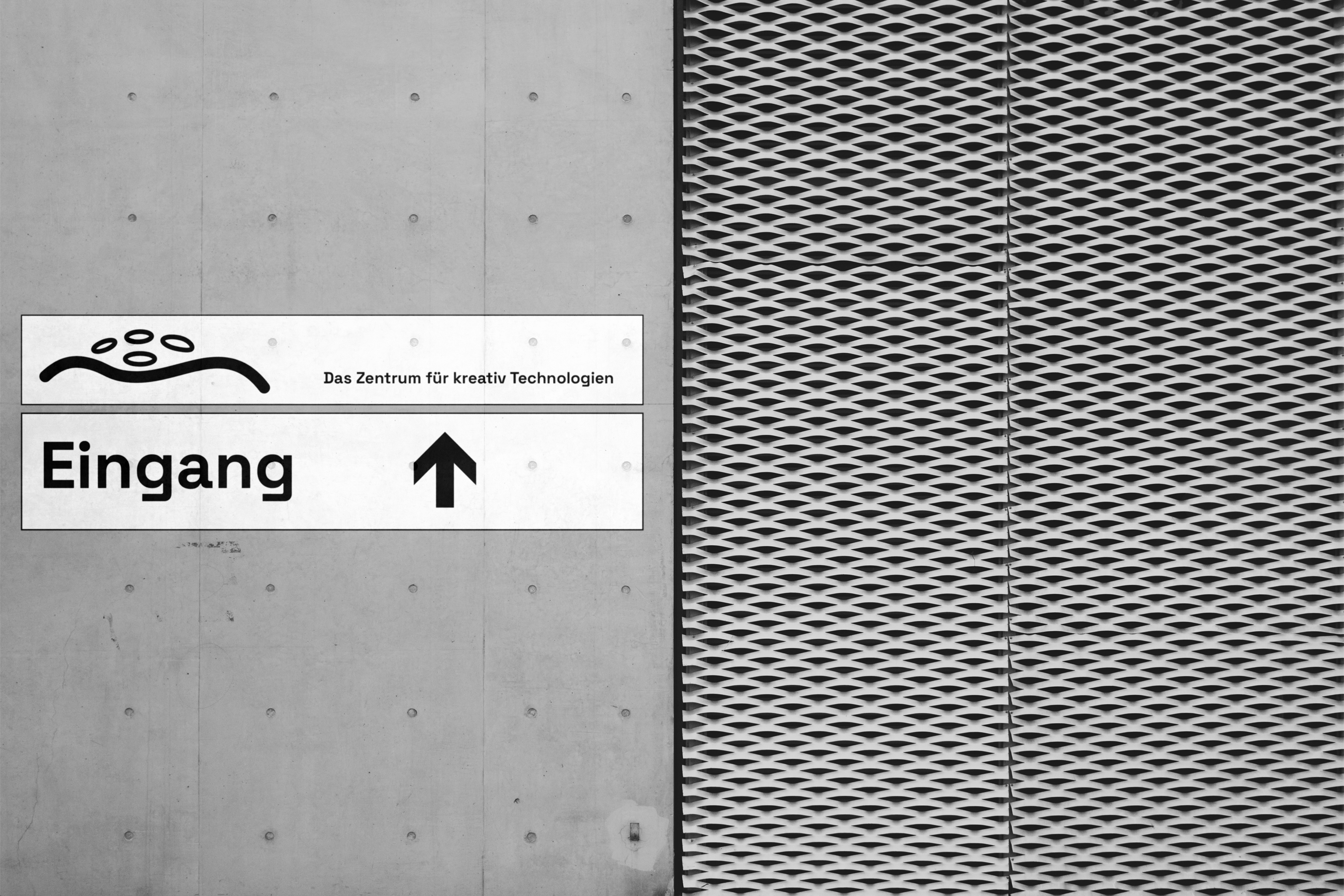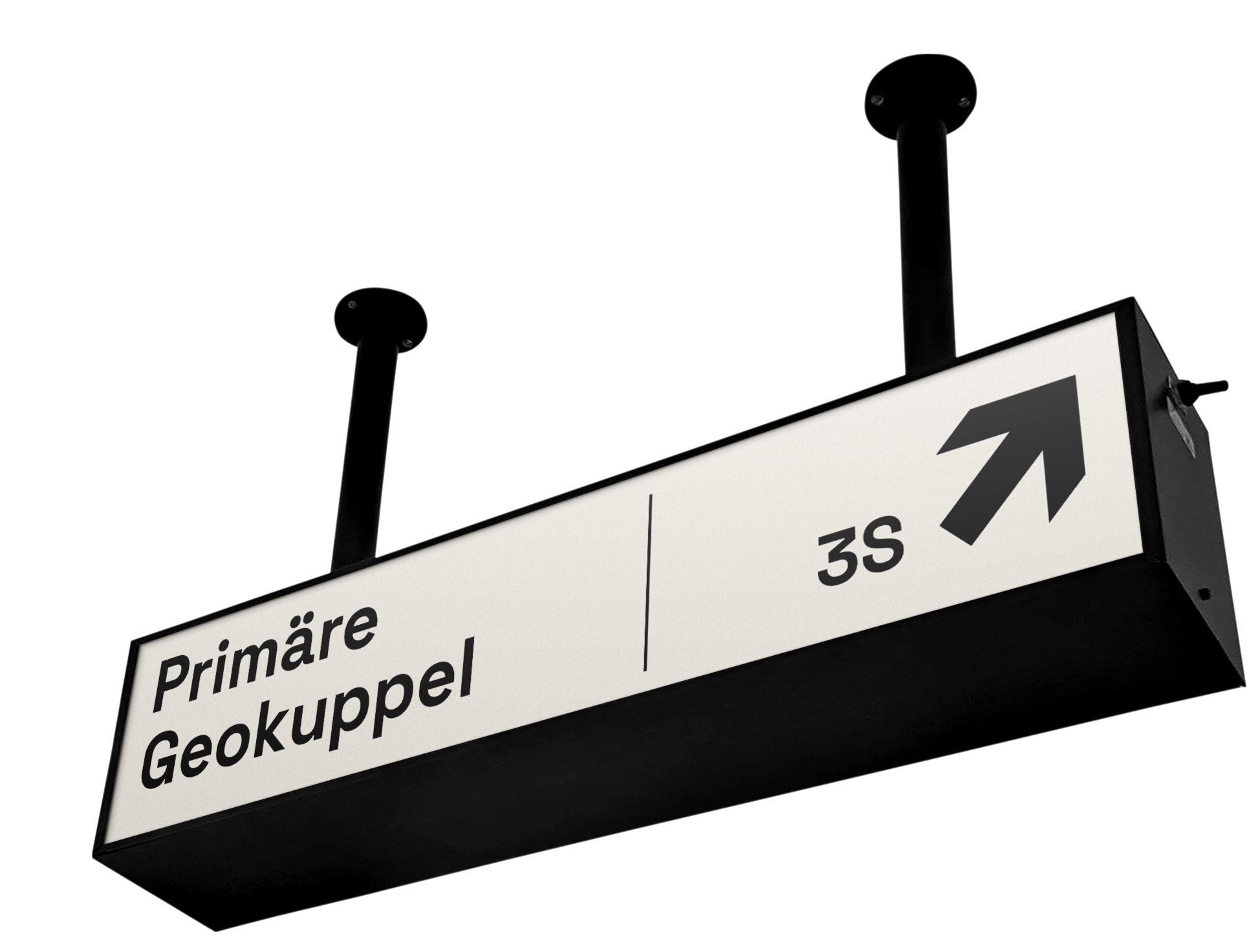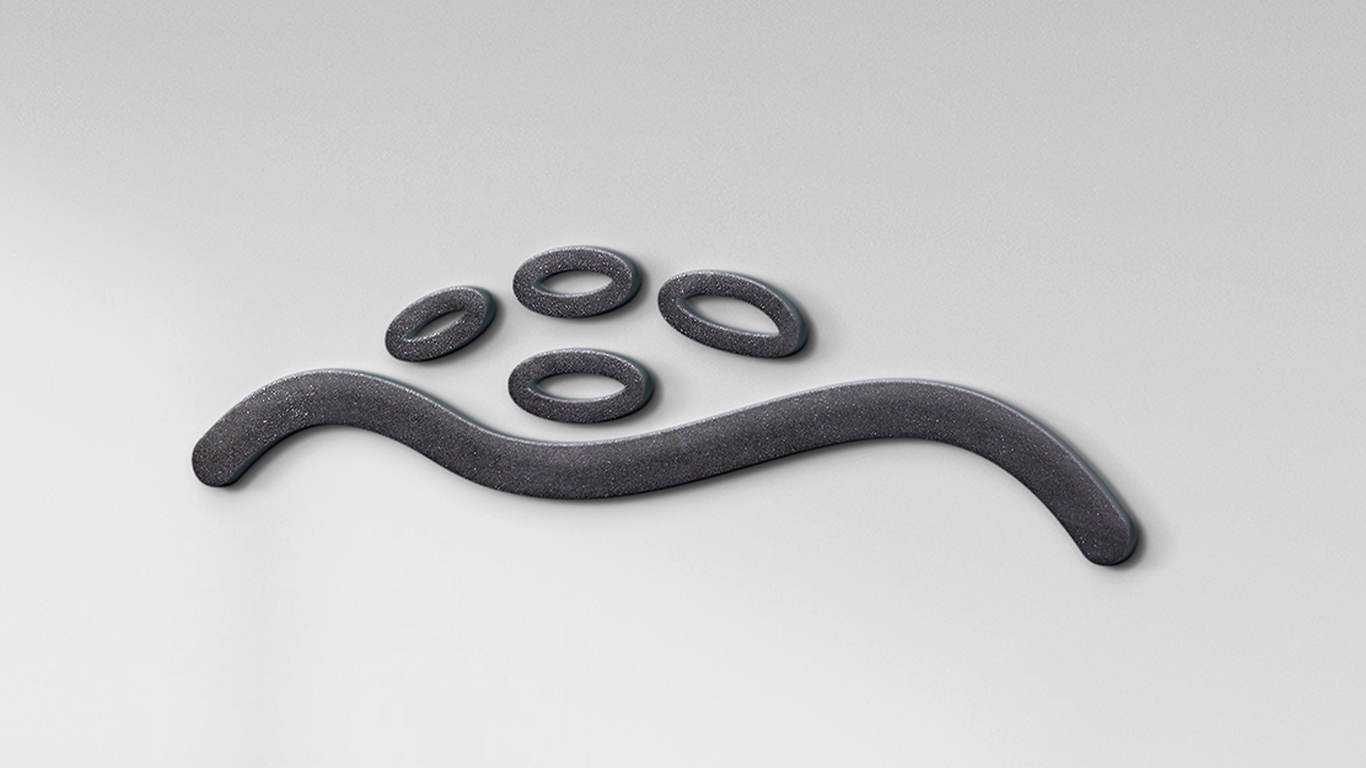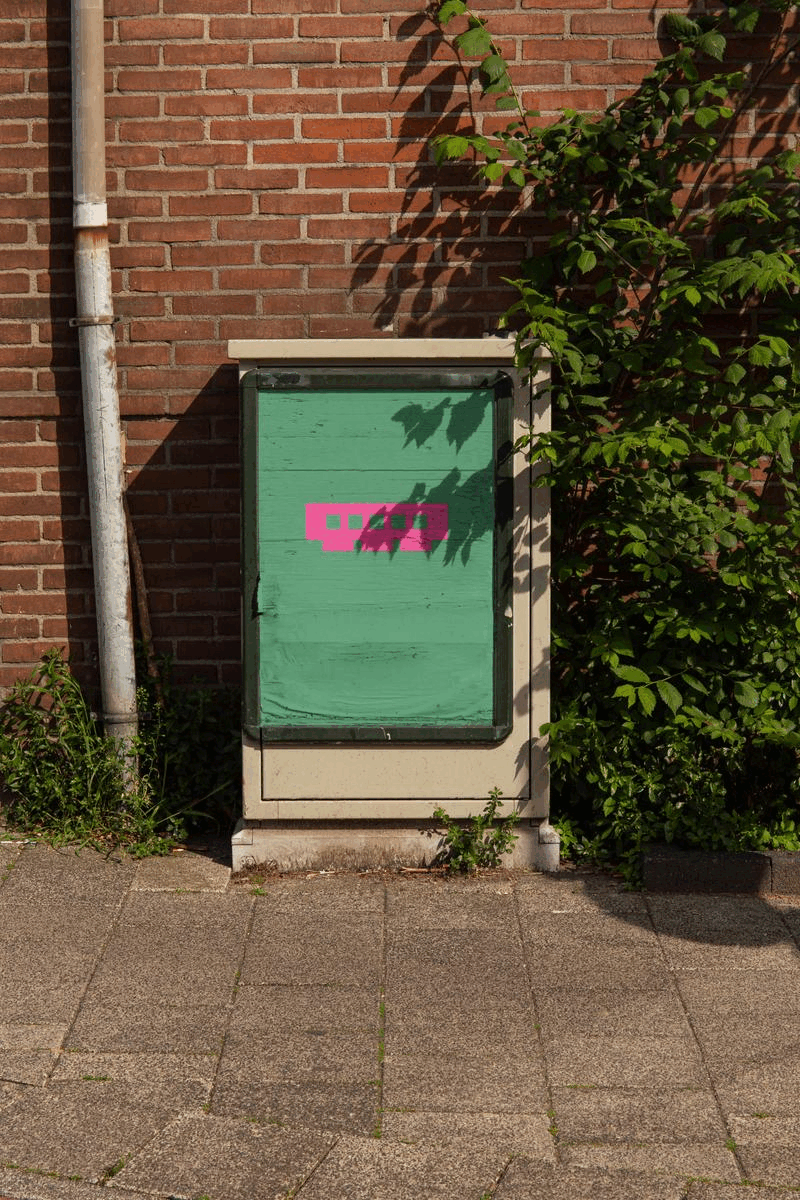Flexible branding for a speculative technology museum balancing preservation and experimentation.
Complete Case Study
Read my full case study for detailed insights into the design process.
Download PDF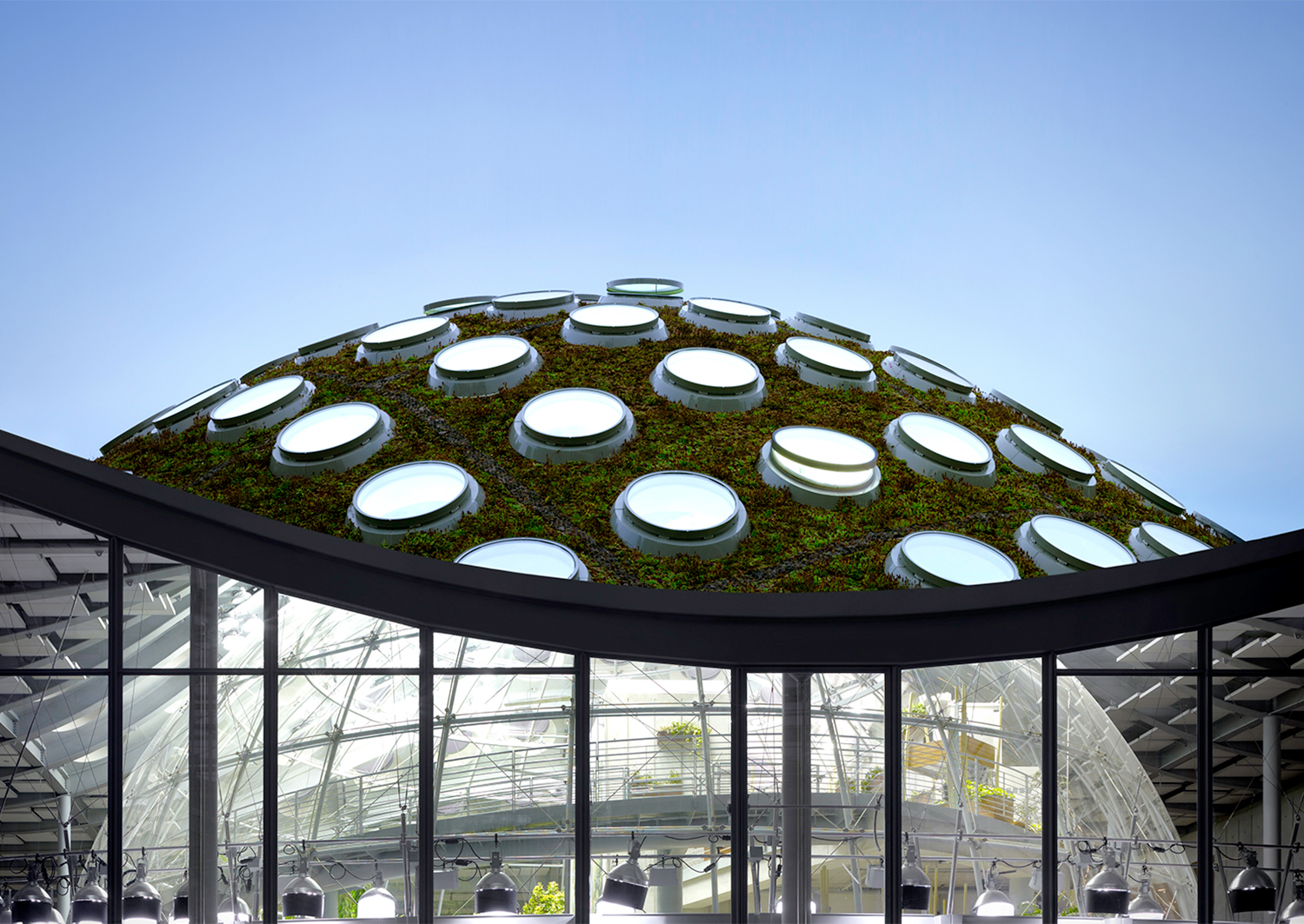
Situation
The Zentrum für kreativ Technologien (ZkT), a speculative creative technology museum in Stuttgart, Germany, needed a complete visual identity and environmental design system before its opening. The institution preserves technological heritage in requiring branding that balanced experimental innovation with preservation mission while reflecting the natural surroundings.
Task
Develop a comprehensive brand system that would establish ZkT as a credible cultural institution while embracing its experimental nature. Key deliverables included:
- Identity: Create a flexible logo and brand system that honored Renzo Piano's biodome architecture while communicating the museum's mission of preserving technological heritage
- Environmental Design: Design intuitive wayfinding and organizational systems that would guide visitors through diverse exhibitions and technological artifacts
- Marketing Strategy: Develop a first-year activation campaign using creative coding that would demonstrate the museum's technological focus
- Retail Integration: Create cohesive branding for the Mutterschaft store that maintained institutional narrative while feeling approachable for commercial purposes
Action
Logo Development
I began by extensively studying Renzo Piano's biodome structure, conducting multiple sketch sessions to abstract its most compelling formal elements. Through iterative feedback rounds, I refined the concept to a simplified geometric form with strategically reduced porthole windows—creating a mark that felt both architectural and symbolic of preservation. For the Mutterschaft store, I developed a complementary identity that maintained narrative consistency while allowing for creative expression in retail contexts.
Color System & Flexibility
Developed a sophisticated color palette that simultaneously referenced the museum's natural German hill setting and analog telecommunications equipment—reinforcing both environmental context and technological heritage. Rather than rigid brand guidelines, I created a flexible framework with defined constraints that could accommodate experimental applications while maintaining consistency.
Environmental Design
Created comprehensive wayfinding systems that guided visitors through the complex biodome structure while maintaining the brand's experimental aesthetic. This included signage, maps, and organizational systems that balanced functionality with artistic expression.
